VR in Training: Virtual Reality as a Training Tool
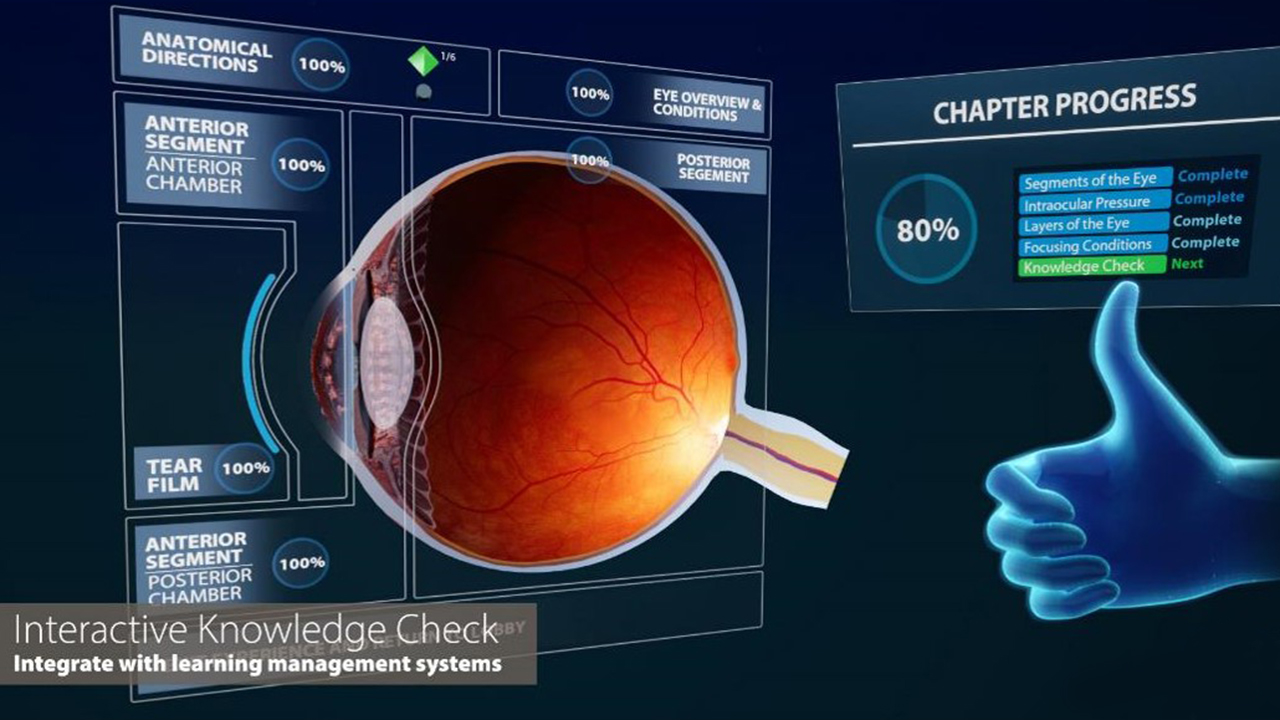
Innovative companies are always looking for ways to deliver effective training opportunities that provide long-lasting, measurable benefits to their workforce. Whether in-person or remote, every new hire must receive adequate training in order to efficiently perform their essential job functions. The coronavirus pandemic halted business as usual across the country and motivated HR professionals and managers to utilize Virtual Reality as a training tool. Virtual Reality is a fully immersive platform that provides an engaging, multisensory experience at an entirely new level of fidelity and realism. Discover why Virtual Reality is an impactful training tool below.
VR Training and Immersive Learning
Virtual Reality is a simulated environment in which a user wears a headset and has hand controllers allowing them to interact in real-time within a customized fully immersive environment. Full immersion VR training enables a user to experience scenarios in a simulated, consequence-free environment before doing so in person. For example, employees can use VR training technology to virtually interact with specialized equipment, new products and even customers in a virtual setting before performing similar tasks on the job site or workplace. The training sessions can also be reviewed and evaluated to provide constructive feedback for the trainee.
Benefits of Virtual Reality Training
- Industry Thought Leader Positioning
Along with training its workers for success, companies are also using immersive learning to position themselves as industry thought leaders. The utilization of VR technology communicates that your company is in-tune with industry demands, and actively utilizing custom, tech-forward solutions. By doing so, your organization will be perceived as the foremost “go-to” authority in your area of expertise. An investment in emergent technologies for training demonstrates that a company is willing to make an investment in its workforce, which results in better trained employees who are equipped to deliver the best quality products and services to the company’s customers.
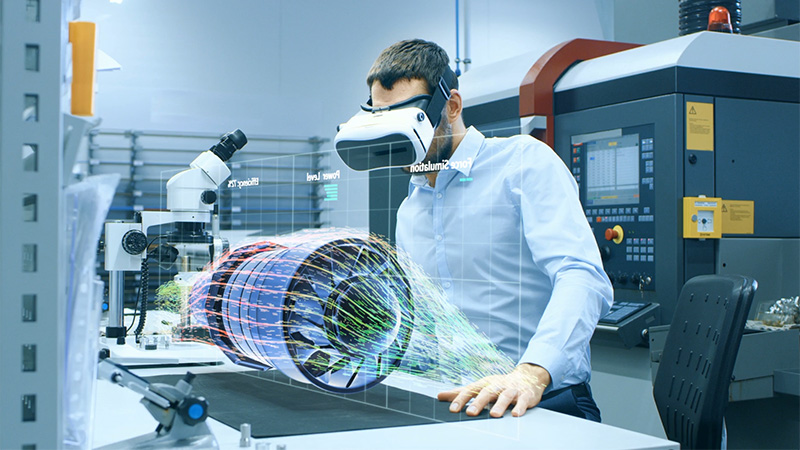
- Experiential Learning Opportunities
Experiential Training allows workers to be proficient and mentally prepared for their jobs from day one. A couple of instances in which companies implement VR training are for high-risk scenarios and new equipment training. Virtual Reality training solutions are improving safety by allowing employees to train for high-risk situations while immersed in a totally safe, consequence-free environment. For example, an employee on an oil rig can prepare for a fire or other emergency by simulating the emergency in a virtual world. Despite the inherent danger of such a scenario in the real world, the employee is free to try multiple approaches and options for handling the situation in a virtual world – knowing that their decisions won’t result in real-life injury or death.
New hires can master specific tasks and concepts within a safe environment before taking a step inside the actual space or facility, reducing the chances of workplace accidents, miscommunication, and injuries. Doctors, surgeons, manufacturers, utility workers, etc. can practice complex processes and procedures before taking on the risk of performing them in person. Ensuring workers are prepared for the job before sending them into the field is essential and practical with Virtual Reality training.
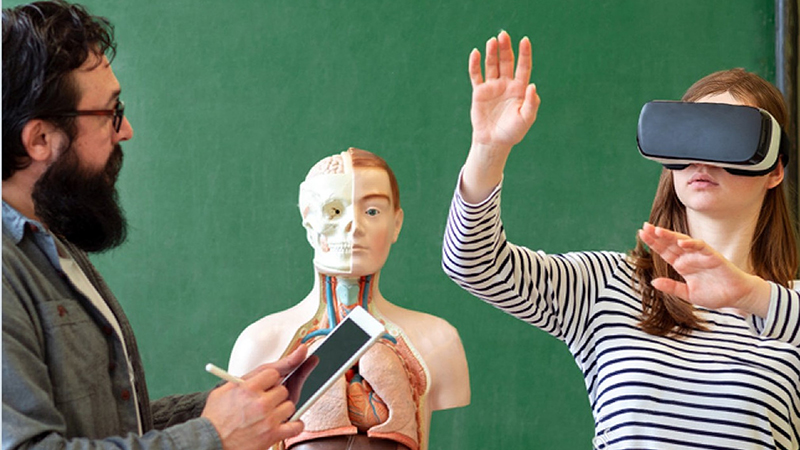
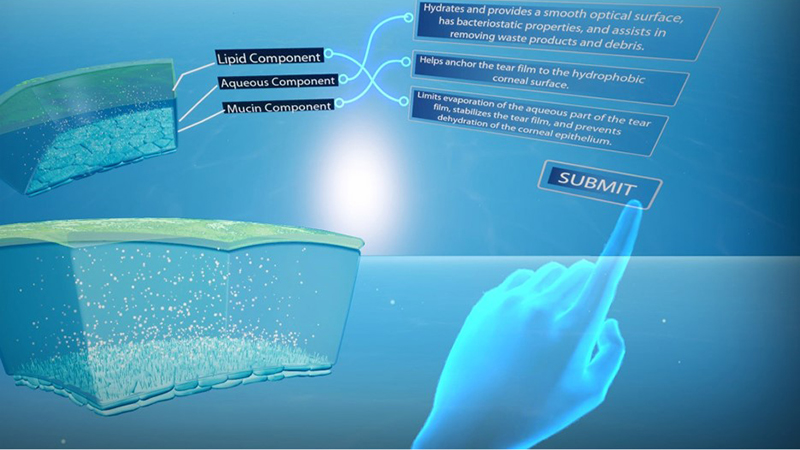
- Achieving Higher Engagement and Retention Rates
To achieve higher engagement and retention rates in training, many companies have created 360-degree simulated surroundings that mimic the environment where the employee will be working. In creating a manufactured work environment, an employee can get a sense of their new work surroundings, even before visiting the location in person. Interacting within a space: picking something up, playing around with it, taking it apart, and putting it back together is more beneficial to trainees than having them passively watch videos on a screen. For example, in VR medical training, a doctor can virtually make an incision, remove a tumor, and suture the cut rather than merely observing a surgery. The repetitions within VR enhance retention rates, which cuts down on training time and expense. Practice makes perfect, and Virtual Reality training makes perfection possible by allowing a trainee to perform a particular task as many times as needed in order to perform it consistently correct.
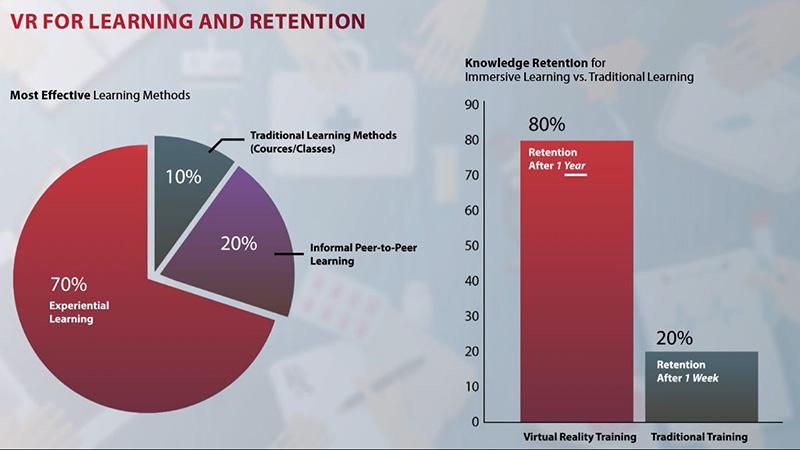
- Facilitating Remote Training
The spread of COVID-19 has upended in-person learning across the country. VR training is one of the most effective and safest ways to learn during the pandemic. HR executives and managers can train new workers at a distance before bringing them into the actual workplace. This allows an employer to observe and address potential issues prior to putting an employee to work. Remote training also limits the need for onsite personnel and personal protective equipment.
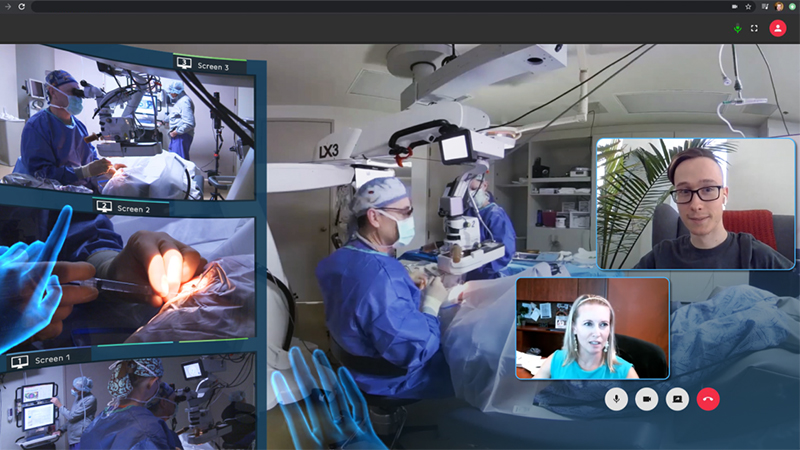
Virtual Reality is the future of professional learning and development. Whether it’s product explorations, immersive narratives, or learning modules, Elara is ready to bring your ideas to the world through Virtual Reality. If you’re considering Virtual Reality as a training tool, give us a call!
